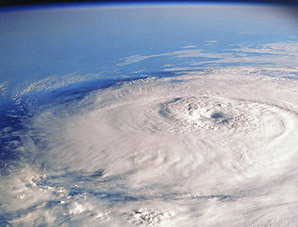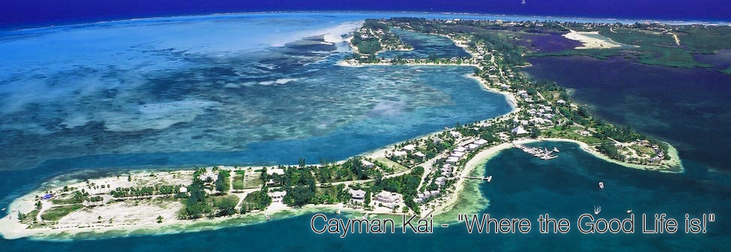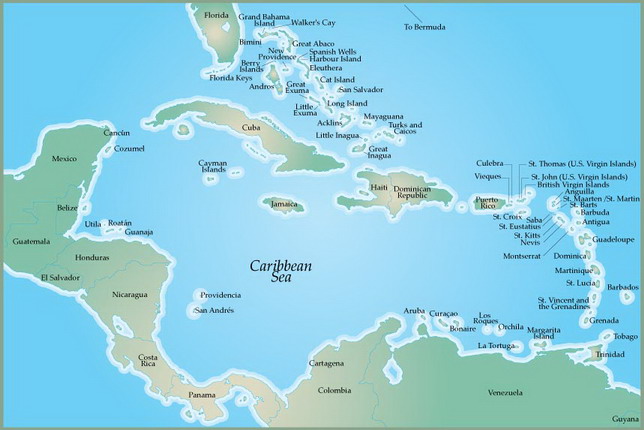- Robert Wagner
- Cell Phone
- (412) 977-8032
- "85 Degrees"
- Average Temperature
- "82 Degrees"
- Average Water Temperature
- "7"
- Average number of spectacular sunsets at Rum Point Beach in a week
|
|
|
|
| "Cayman Kai Vacations" chosen best Privately Owned Properties |
|
|
|
|









.htm_cmp_rmnsque100_vbtn.gif)

















































































.htm_cmp_rmnsque100_vbtn.gif)















 |
- Present Weather Conditions for Grand Cayman
- &
- Hurricane & Tropical Storm Tracking for the Caribbean
 |
- Located 19.18°North and 81.22°West, Grand Cayman, Cayman Islands enjoy mainly tropical weather conditions
- with slight seasonal variation. Climatically, the year divides into two seasons - the summer or rainy season,
- generally from mid-May through October, and the dry, winter season, from November to April. The winds are
- mostly from the east-northeast in winter and east-southeast in summer. The temperature in the Cayman Islands,
- summer or winter, seldom goes lower than 70°F or higher than 90°F with the daily average varying between
- 77°F and 84°F. The average relative humidity is a comfortable 77%. The water temperature averages 80° throughout the year.
Click on picture to go directly to the National Weather Service - Cayman Islands Government
- Want to know if rain is on the way?
- Data from Grand Cayman’s new Doppler radar weather system is now available for anyone to view online.
- The radar dish, which is based in East End, resembles a giant soccer ball atop a concrete tower. It sends out pulses
- across a 250-mile radius, providing detailed surveillance of weather affecting all three of the Cayman
- Islands and the surrounding ocean.
- The radar system, which cost around $4.5 million to build and was funded largely through a European Union grant,
- officially opened in April. Meteorologists have been able to access data from the system for several months and it will be used to
- help storm trackers keep a closer eye on hurricanes developing in the region.
- The weather service redesigned and relaunched its website last month to make some of that information available to the public.
- Visitors to the site, www.weather.gov.ky, can view a map of the islands and the location and intensity of areas of rainfall as far as 250 miles away.
- “Our new website represents the display, to the general public, of live ‘Weather Radar Data’ coming from Cayman’s own Doppler Weather Radar in East End.
- “In addition, the site also displays the full range of weather information for the Cayman Islands. Thankfully, this greatly enhances our preparedness for the hurricane season,” the weather service said in a press release.
 |
- Hurricane & Tropical Storm

- Tracking for the Caribbean
- "Hurricane Season"
- typically last from June 1st to November 30th
- Click on "Category's" above for more information
- Click on link to view
- Weather from the Cayman Government Web Site
- Click on link to view
- National Hurricane Committee Cayman Islands Government - Emergency Management Update
- Click on link to view
- Atlantic and Caribbean Tropical Satellite Imagery
- West Atlantic
Visible Image - Loop
Infrared Image - Loop
Shortwave IR Image - Loop
IR (color enhanced) Image - Loop
Water Vapor Image - Loop - Caribbean
Visible Image - Loop
Infrared Image - Loop
Shortwave IR Image - Loop
Water Vapor Image - Loop
 |
|
 |
 |
 |
 |
|
|
|
|
 |
|
|
 |
|
|
Latest Satellite Imagery
To view Satellite Imagery you will need
![]() Click here to download
Click here to download
|
|
|
|
![]()
Climate
![[Weather]](weather.jpg)
The Cayman Islands is in the northeast trade wind belt of the Caribbean and enjoys a stable climate. Cool winter nights and hot summer days are the year-round norm, influenced only occasionally by winter storms known as Nor'westers, or, a tropical storm or hurricane threat every few years. Summer humidity can be uncomfortable, but the cool sea breezes at night usually bring relief.
Rainfall
Rainfall is seasonal, from May to November, with May/June and September/October typically being the wettest months. The driest months are usually February and March. Rainfall is generally the result either tropical thunderstorms which develop in the summer months, or, localized rain resulting from the evaporation of water in the central mangroves of the main island. "Tropical Waves" drift through the Caribbean in the summer months, often depositing large amounts of rainfall before they dissipate. On occasion they organize to form tropical storms or even hurricanes. Localized rainfall usually results when the summer heat causes evaporation of water in the central mangrove wetlands and rain clouds are formed. These clouds generally drift to the west, depositing rain on the western side of the island. The wettest day on record is November 30, 1993 with 7.8 inches. Although unconfirmed, it is said that a hurricane in 1909 dumped an estimated 12 inches of rain in a 24 hour period.
Temperatures
January and February are the coolest months with daytime high's in the upper 70's to low 80's and nighttime low's in the mid 60's to low 70's. Summer temperatures peak in July and August with daytime highs in the upper 80's to low 90's and nighttime low's in the low 80's. High humidity in the summer months can often make the days and nights feel hotter. On January 19th, 2000, we registered a low temperature of 58°F, with no wind.
Winter Storms
Occasional "Cold Fronts" pass through the islands in the winter months, the remnants of more intense winter weather moving south through the southeast US and northwest Caribbean. If strong enough, the resulting local winter storms known as Nor'westers may be accompanied by extremely rough seas which can cause coastline damage and beach erosion.
Tides
Grand Cayman's tide table is based on that of Galveston, Texas, minus 8 hours 1 minute. Spring tides range from 10 to 12 inches and autumn/fall tides from 15 to 20 inches.
|
Caribbean Vacation Grand Cayman Island Houses Rentals, Cayman Kai, Rum Point, Grand Cayman, Cayman Islands
















